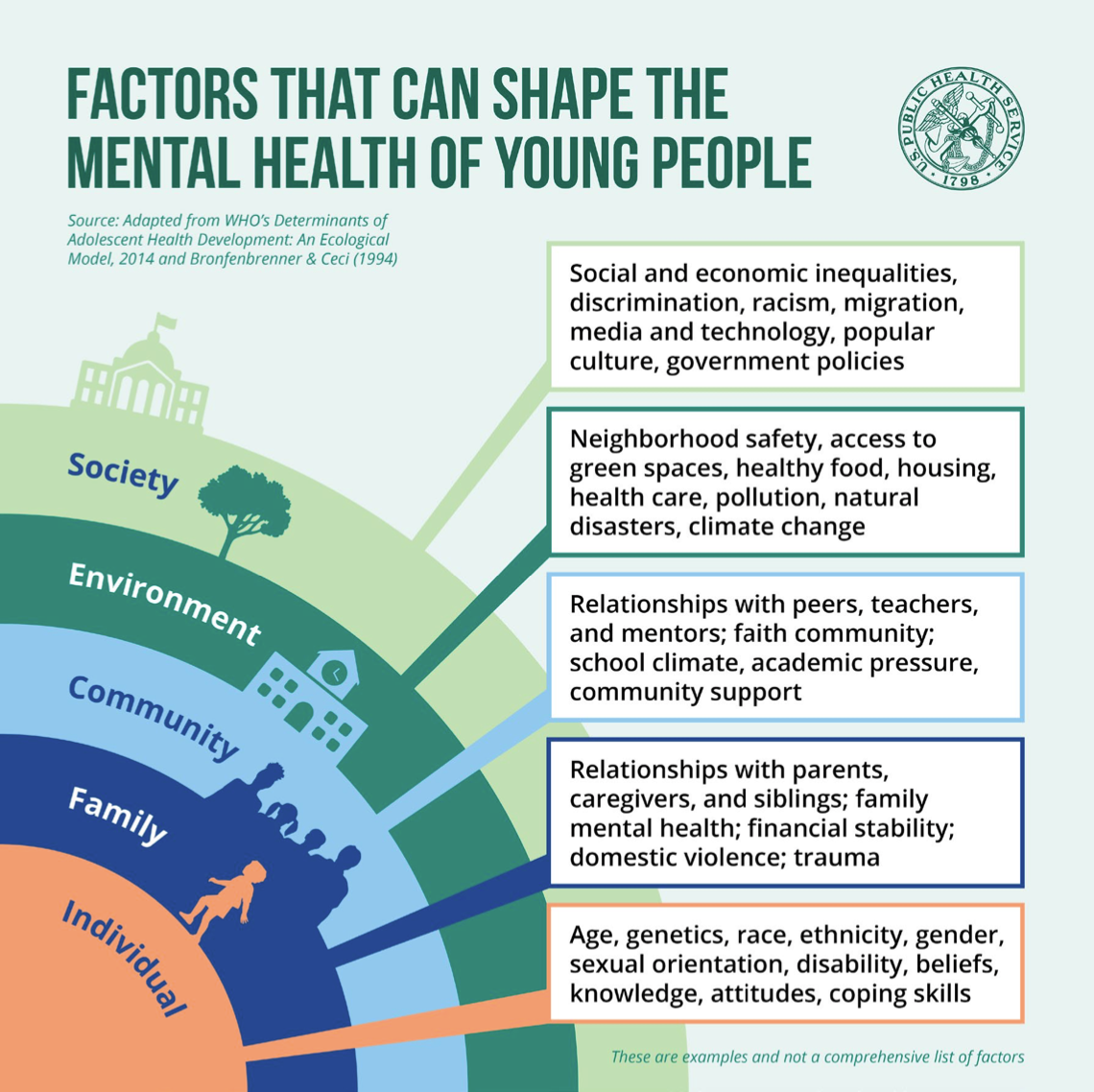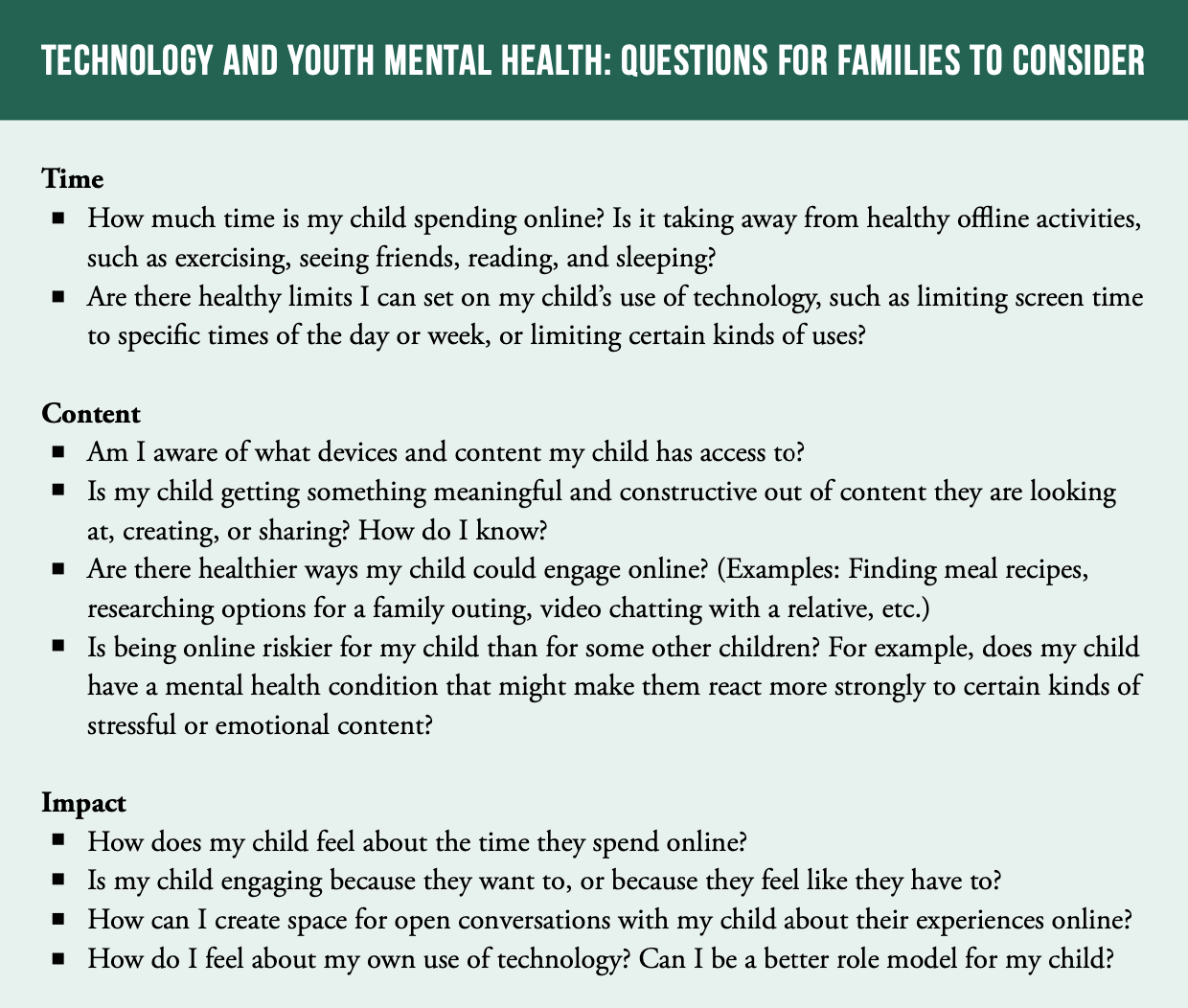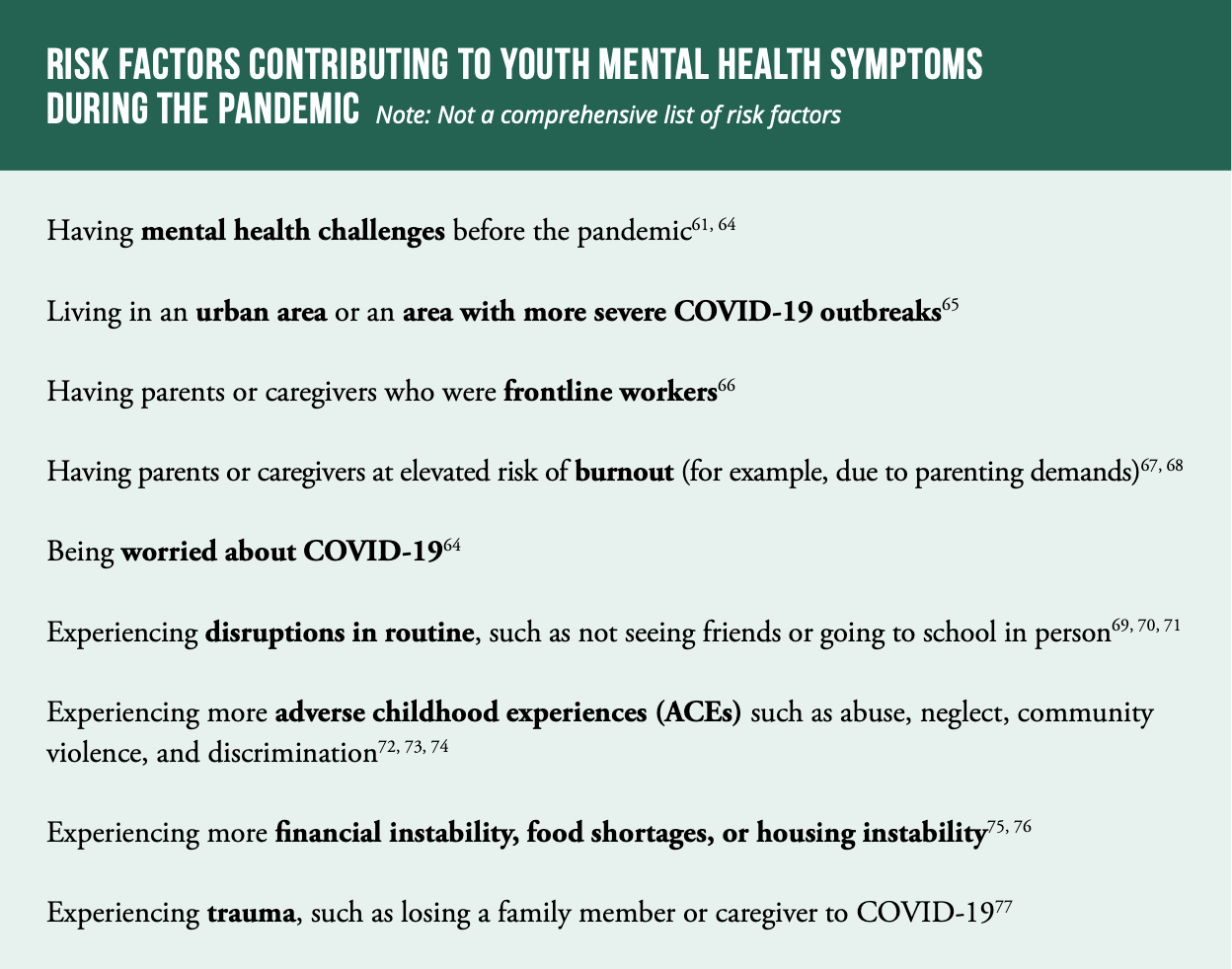By RON FIELDS
Post News Network
Even before the COVID-19 pandemic, mental health challenges among young people were the leading causes of disability and poor life outcomes, according to the U.S. Surgeon General.
But now after almost two years of enduring a life-changing pandemic, area mental health professionals say the need for mental health services has increased dramatically — compounded by factors such as social media, political divisions in communities and an overloaded mental health care system.
"Especially toward the fall of 2020, we were starting to see an increase after kids were at home for six months," said Carie Brown of Great Bend-based Heart of Kansas Family Heath Care. "Symptoms have been more exacerbated by the pandemic."
Brown, a licensed specialist clinical social worker and licensed clinical addictions counselor, said the isolation caused by stay-at-home orders was traumatic for many young people.
"We have kids whose home lives are not good. Food is an issue or safety is an issue," said Brown, a Fort Hays State University graduate and Logan, Kan., native. "During that pandemic time, they were all alone in that."
If you’re in crisis, get immediate help: Call the National Suicide Prevention Lifeline at 1-800-273- 8255, chat with trained counselors 24/7, or get help in other ways through the Lifeline. You can also contact the National Crisis Textline by texting HOME to 741741.
Pediatric psychologist Matthew Wassom of Katie's Way in Manhattan agreed.
"From March 2020 through the summer and into the fall of 2020 ... they were losing the routine and structure of life," he said. "And then, obviously, you take away one of the most valuable things, which is social functioning.
"Children were spending more time with family. ... That's nice for some families, but not for all families, especially in vulnerable populations," he said.

In rural northwest Nebraska, Catherine Jones-Hazledine, a psychologist with Western Nebraska Behavior Health, said mental health issues among her patients have been magnified by current circumstances.
"We see all of the normal things that we would see, but they are just intensifying. A lot of us as providers are worried about parent-child interactions because there were no breaks, worried about parents coping and increases in maladaptive parenting," she said. "We are seeing depressed kids, really lonely kids, especially in high school, where those kids lost milestone after milestone after milestone."

School referrals make up a significant portion of the juvenile patient loads for most mental health providers. Brown said that during the early days of the pandemic, juvenile cases actually saw a slight decrease.
"Kids with behavior or emotional issues, those issues tend to come out in a school setting, in a a structured setting," Brown said. "During that March of 2020 to the fall, there were not a lot of new referrals. But once kids got back into schools, that's when we really started seeing that influx in referrals."

Wassom said his patient load was a mixed bag during that time period.
"Some vulnerable populations had less access to care ... but kids with better resources, more involved parents, more financial resources, we saw them seeking out care for the first time," he said.
The situation was different for Jones-Hazledine, whose practice is integrated in medical settings along with other health providers.
"The doctors are still the first person that people call when they're concerned about their kids out here, that and their pastors and priests," she said. "The kids were still finding their way to us."

Jones-Hazledine said the politics of COVID, coupled with other events on a national scale, have "coalesced into this big ball of conflict" — adding to the stressors for young people.
"We're in a very rural red areas, and there's a lot of division about what it all means and what to think. That's been hard for everybody, but especially to the young people. It's super confusing," she said. "There are kiddos out there whose family believes in the science, and those kids go to school and go to class with kids who believe differently. ... And can be teased or mocked.
"Bullying is always something with young people, but it's jut different now," she added. "The kids see there are adults often engaging in conflict over medical issues, issues of what students should learn."
Social media
Social media and "screens" also have played an enormous role in mental health challenges, the providers said.
"Electronics are a huge issue. They've become the babysitter. They've become an easier method than actively engaging and trying to do things as a family," Brown said. "As parents, we all have to look at that and be honest about it. ... It creates more obstacles than people realize."

During the isolation period, young people used social media increasingly to stay connected with their peers, but also faced a heightened risk of being bullied or engaging in risky online behavior.
"Digital stuff is always worse," said Jones-Hazledine. "As a society, we'll say things to each other and treat each other on social media that we would never say in person. It's grown over time, and there is no consequence. "
One of her student patients recently paraphrased a quote from Oscar Wilde: "Give a man a mask, and he'll tell you the truth."
"Not just the positive, but the negative. ... It's more honest, but we are also more harsh," she said.
While Wassom said he doesn't have "blanket hate" for screens and social media, he agreed the isolation drove more kids to increased screen time, often to the detriment of those children.
"If a family system doesn't have a good process set up, then you see the negative side of social media and the internet," he said. "We've seen a higher rate of tech addiction-type behaviors and a lot of issues of negative side effects of social media platforms."
Wassom compared device use among young people to driver's education.
"It's about social media literacy, trying to teach children before they ever lay hands on a device how to use that device in an healthy manner," he said, noting no one would give the keys to a car to an untrained child an expect them to drive safely away.
Outcomes
While those in junior high and high school are experiencing a "new normal," some younger children will retain little, if any, recollection of what life was like pre-COVID — which could be a positive, Wassom said.
"If you have a 5- or 6-year-old who is now 8 or 9, they have a good stretch of their early elementary development done during a pandemic," he said. "They may not have a clear picture of how things are when there is not a pandemic, and maybe some of them are doing a bit better, and they've adapted in their resilience."

In Jones-Hazledine's area of western Nebraska, one of the most troubling aspects of COVID is what she is hearing from teachers and schools.
"We have heard over and over again that the kids they're teaching right now are a good year behind socio-emotionally. The year of isolation really took a toll on everything," she said. "Kids are resilient, but to hear that across the board in all different kinds of schools, it's kind of mind-blowing.
In a June 2021 study, the U.S. Surgeon General's office reported depressive and anxiety symptoms double during the pandemic, with 25 percent of young people experiencing depressive symptoms and 20 percent experiencing anxiety. Suspected suicide attempts increased 51 percent for girls and 4 percent for boys compared to 2019.
"It's a combination of everything we've talked about — feelings of isolation, exposure to things through screen time, this extremely difficult situation for kids and for parents," Brown said. "There's been an increase in suicidal behaviors and that is very concerning."
Staffing
Like most every sector in the U.S. economy, mental health health providers are struggling with staffing issues in their clinics.
"We are absolutely overwhelmed, much more so than we were in the first year of the pandemic. The need is through the roof," Jones-Hazledine said. "Most practices out here, there are two- to three-month waiting lists. This is source of great stress to the providers in my practice."
Wassom said Katie's Way sees patients from eastern to far western Kansas.
"It speaks to the shortage of certain types of providers across the whole state," he said.
Brown agreed, noting her clinic is seeking an additional behavior health professional, as well a additional nursing staff.
Jones-Hazledine said she had to enforce a mandated break over the holidays. Her staff is actively doing things to prevent what she called "compassion fatigue" and burnout.
Solutions
The U.S. Surgeon General's office said "there is much to be done" to support the mental health of children, including:
• Recognizing mental health is an essential part of overall health.
• Empowering youth and their families to recognize, manage and learn from difficult emotions.
• Ensuring every child has access to high-quality, affordable and culturally competent mental health care.
• Supporting the mental health of children in educational, community and child care settings.
• Addressing economic and social barriers to care.
• Increasing data collection to more rapidly identify mental health needs.
Brown said access to services is crucial, as well as shaking the concept that mental health concerns is viewed through a stigmatized lens.
"Mental health has been seen like it's something to be ashamed of forever. The reality is it's nothing to be ashamed of," she said. "Everyone has felt sad, anxious, depressed — but there is help. It's important for people not to enter with that bias that it's something wrong.
"The more open people are to getting help, the more likely it is that it can be overcome and it can get better."
Wassom said there might be a silver lining in the pandemic for some children.
"I've got some hopeful optimism. When you look at research of adverse events, there are still a lot of kids out there who have good resiliency, good support and positive relationships," he said. "They can come through fairly stressful situations fairly well developed. They could be strengthened and have developed new skills that other generations don't have."
The U.S. Surgeon General's report issued a series of recommendations for schools, families, communities, the media, providers and others to help more young people navigate mental health issues.
"If we each start reorienting our priorities to create accessible space in our homes, schools, workplaces, and communities for seeking and giving assistance, we can all start building a culture that normalizes and promotes mental health care," the report said. "This is the moment to demand change — with our voices and with our actions. Only when we do will we be able to protect, strengthen, and support the health and safety of all children, adolescents, and young adults — and ensure everyone has a platform to thrive."






